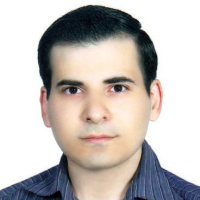Microstructure and Mechanical Properties of Cold Rolled AISI 304L and 316L Austenitic Stainless Steels during Reversion Annealing
Microstructural evolutions during annealing of cold rolled AISI 304L and AISI 316L stainless steels were studied. Cold rolled AISI 304L alloy was fully martensitic but cold rolled AISI 316L alloy was partially martensitic due to the higher stability of the austenite phase in the latter. During continuous heating to elevated temperatures, the complete reversion of strain-induced martensite at 750°C and an average austenite grain size of 0.4 µm was achieved in AISI 304L alloy. However, the complete reversion in AISI 316L alloy was observed at 800°C, but the recrystallization of the retained austenite was achieved at 900°C. The latter requirement for the formation of an equiaxed microstructure resulted in a much coarser average austenite grain size (2.3 µm). Annealing up to higher temperatures resulted in the grain growth of both alloys. The transformation-induced plasticity (TRIP) effect was found to be a major factor in dictating the mechanical properties, where lower stability of the austenite phase and the pronounced TRIP effect in AISI 304L alloy resulted in higher ductility in the tension test, higher friction stress in the Hall-Petch plot for hardness, and deeper dimples on the fracture surface.
-
Grain refinement of austenitic stainless steels by cross rolling and annealing treatment: A review
Sara Mohammadzehi, *
Journal of Ultrafine Grained and Nanostructured Materials, Dec 2024 -
Corrosion behavior of cold rolled and continuously heated SUS 304L stainless steel
Mohammadjavad Sohrabi, Changiz Dehghanian *,
Journal of Ultrafine Grained and Nanostructured Materials, Jun 2024



